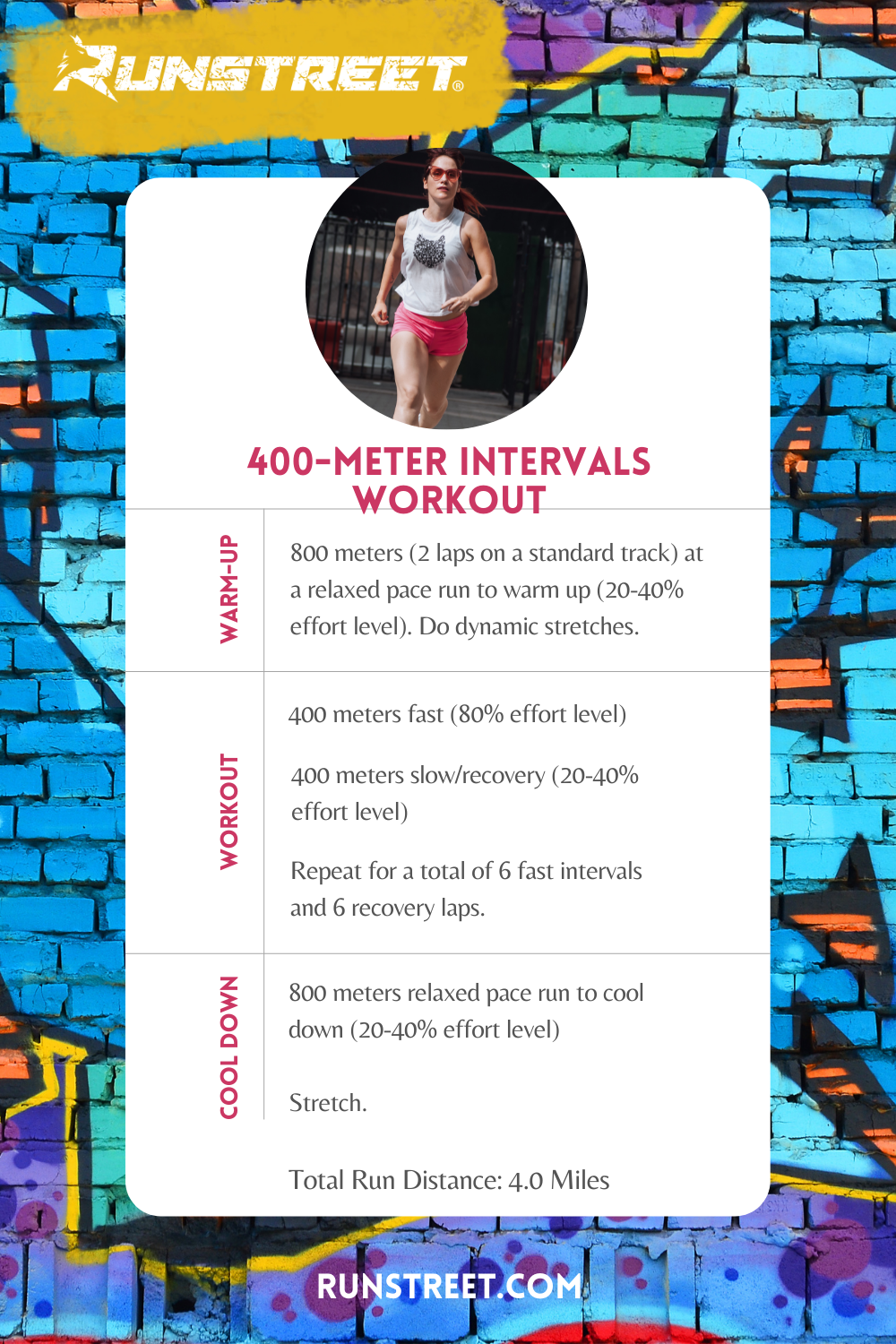Elevate Your Running Strategy with Proven Techniques
Elevate Your Running Strategy with Proven Techniques
Blog Article
Getting Rid Of Discomfort in Operating: Methods and Methods That Job
Discomfort is a typical friend for several joggers, frequently functioning as a barrier to accomplishing their preferred objectives. However, with the ideal methods and methods, it is feasible to get rid of and also protect against the pain related to running. By discovering numerous strategies such as understanding the various kinds of running discomfort, maximizing footwear and kind, incorporating cross-training and stamina workouts, applying reliable healing methods, and maintaining proper nourishment and hydration, joggers can potentially minimize their pain and enhance their overall running experience.
Recognizing Different Kinds of Running Pain

An additional type of running pain is joint pain, which can materialize as a sharp or throbbing discomfort in areas such as the knees, hips, or ankles (running strategy). Joint pain might be triggered by variables like incorrect running type, overuse, or underlying problems like arthritis (this page). It is essential to distinguish in between muscle discomfort and joint discomfort, as the latter might call for clinical attention to stop more injury
Recognizing the different kinds of running pain is critical for reliable administration and prevention strategies to ensure a secure and delightful running experience.
Proper Shoes and Running Form
To optimize efficiency and decrease the threat of running-related injuries, choosing suitable shoes and maintaining appropriate running kind are necessary elements for runners of all levels. Correct shoes plays a critical duty in supplying assistance, cushioning, security, and security for the feet and lower limbs. It is suggested to choose running shoes that are specifically made for the person's foot type, running stride, and the kind of running task they take part in. Obtaining fitted for footwear at a specialized running store can assist make sure the best fit and support.

Cross-Training and Strength Workouts
Toughness workouts, like squats, lunges, and core workouts, play a vital function in maintaining muscular tissues and improving running efficiency. They can correct muscle imbalances, improve dexterity, and increase power result, all of which are essential for running efficiency.
Integrating cross-training and strength workouts into a running program should be done strategically. It is very important to enable adequate remainder between running sessions and cross-training activities to avoid overuse injuries. Additionally, focusing on proper type and strategy during strength workouts is key to maximizing their benefits and lowering the risk of injury. By including these elements into a running routine, runners can develop a stronger structure, improve efficiency, and appreciate an extra sustainable running experience.
Healing and Rest Methods
Having developed the value of cross-training and toughness exercises in an extensive running regimen, attention can now be guided towards Recuperation and Relax Techniques as integral components for optimizing efficiency and reducing the risk of injuries. (running workout)
Healing after running is crucial for muscular tissue fixing and growth. Strategies such as foam rolling, extending, and massage help in decreasing muscular tissue soreness and enhancing versatility. Ample rest in between runs visit here enables the body to recoup and adjust to the physical stress, avoiding overuse injuries.
Incorporating energetic healing days right into a training schedule, where low-intensity tasks like strolling or biking are performed, can boost blood circulation and advertise recovery without putting excess pressure on the muscle mass. Additionally, correct hydration and nutrition play an essential function in the recuperation process by renewing lost fluids and nutrients.
Quality sleep is another essential element of recovery that should not be forgotten. Throughout rest, the body goes through fixing and regrowth processes, adding to total physical and psychological health. By focusing on healing and remainder methods, joggers can keep optimum efficiency levels and minimize the likelihood of experiencing pain or injuries.
Nourishment and Hydration for Runners
Carbs give energy for running, while proteins help in muscle repair and recovery. Sufficient hydration is also crucial to maintain optimum performance, as even moderate dehydration can adversely impact running performance. Additionally, timing meals and snacks suitably prior to runs can help stop stomach pain and supply the needed energy for peak efficiency.
Verdict
To conclude, by understanding the different kinds of running discomfort, wearing appropriate shoes, preserving proper running form, integrating cross-training and stamina exercises, prioritizing recuperation and remainder, and concentrating on nourishment and hydration, joggers can effectively conquer pain and boost their performance. Carrying out these strategies and strategies can assist runners avoid injuries, enhance their endurance, and inevitably take pleasure in a much more meeting running experience.
Report this page